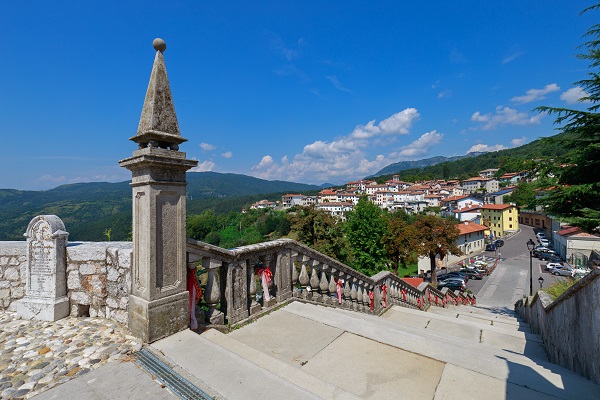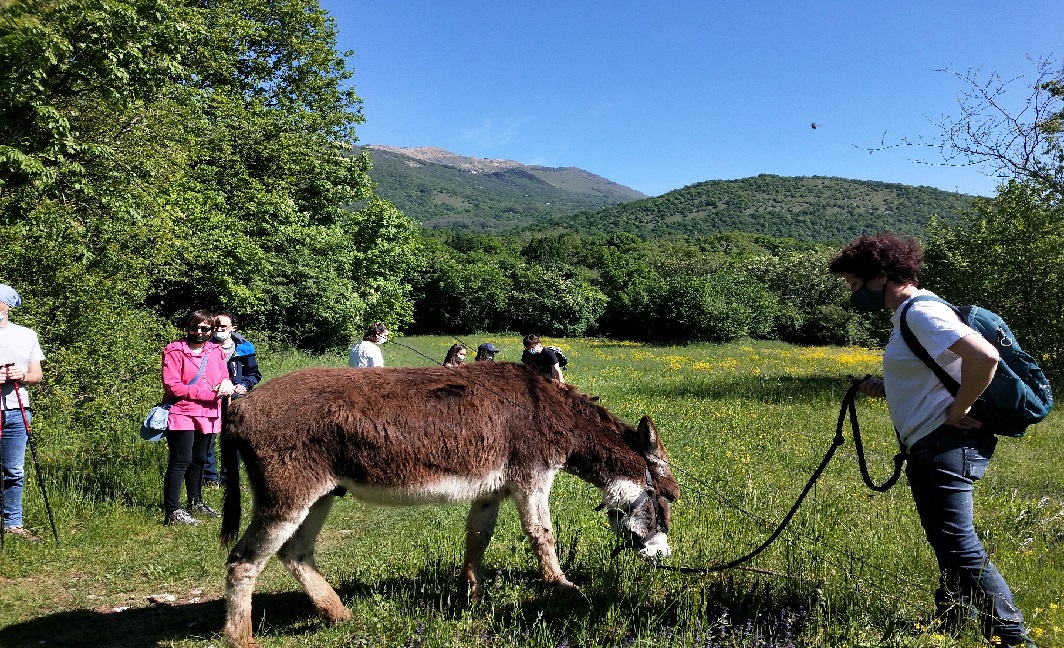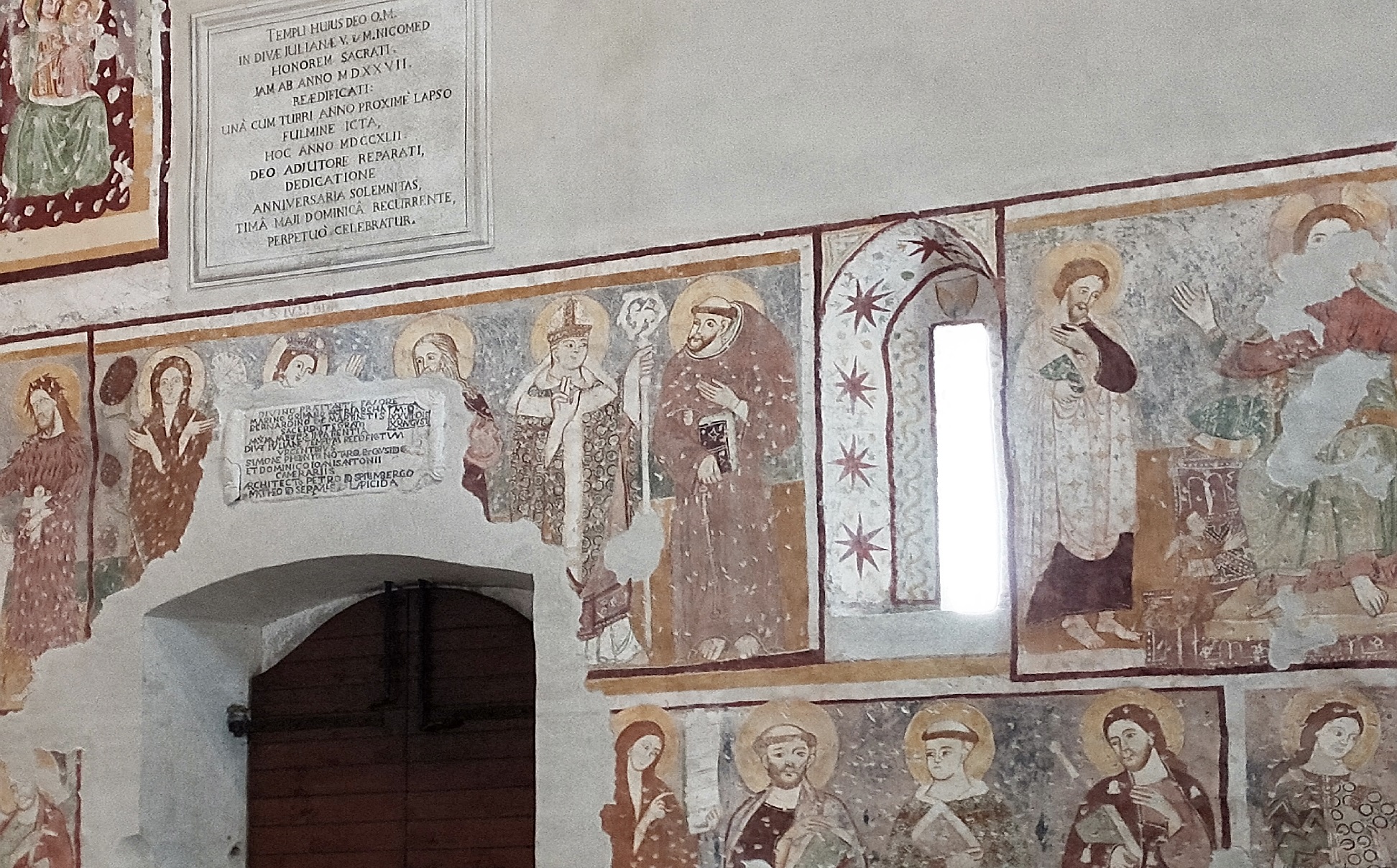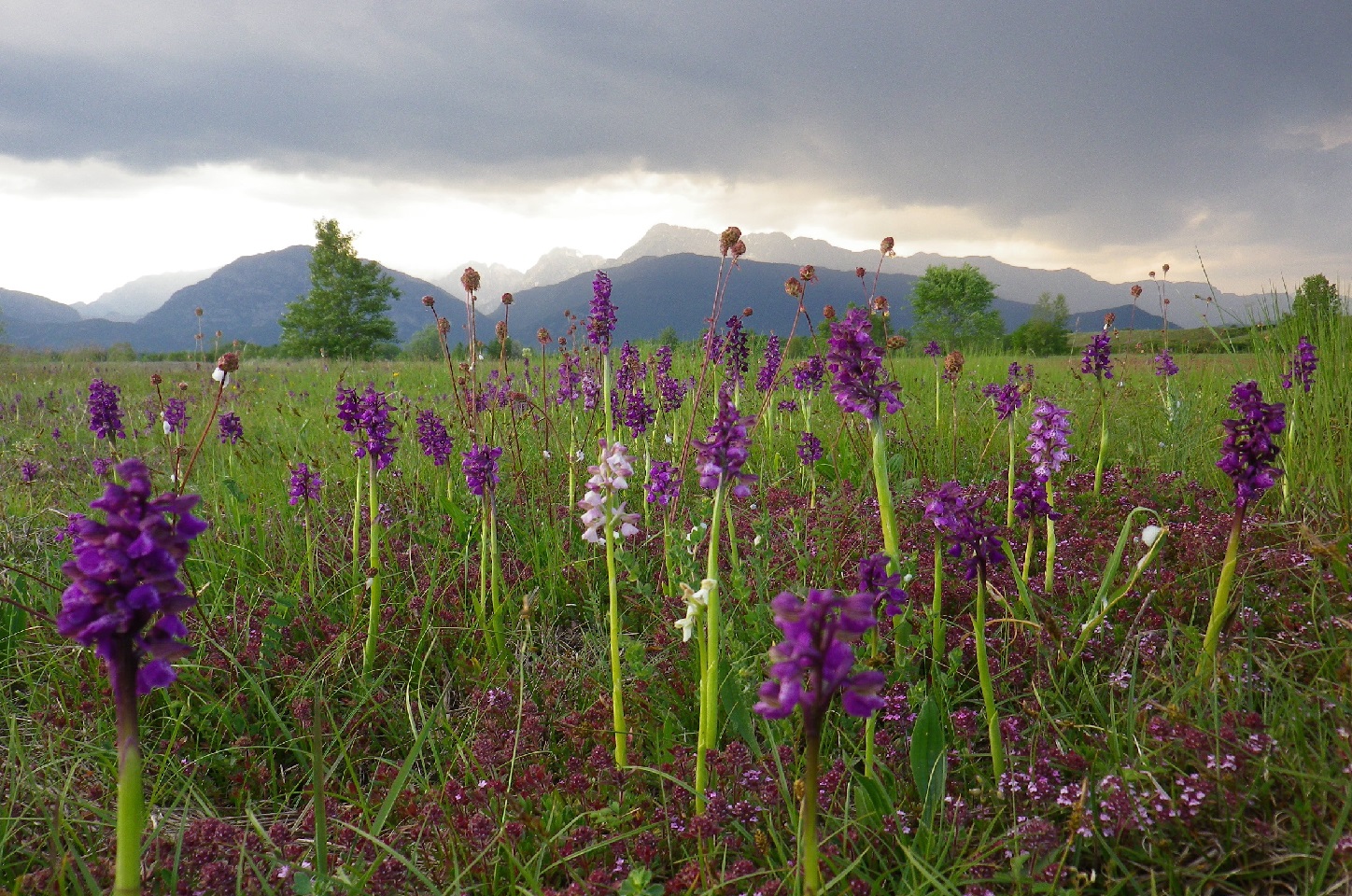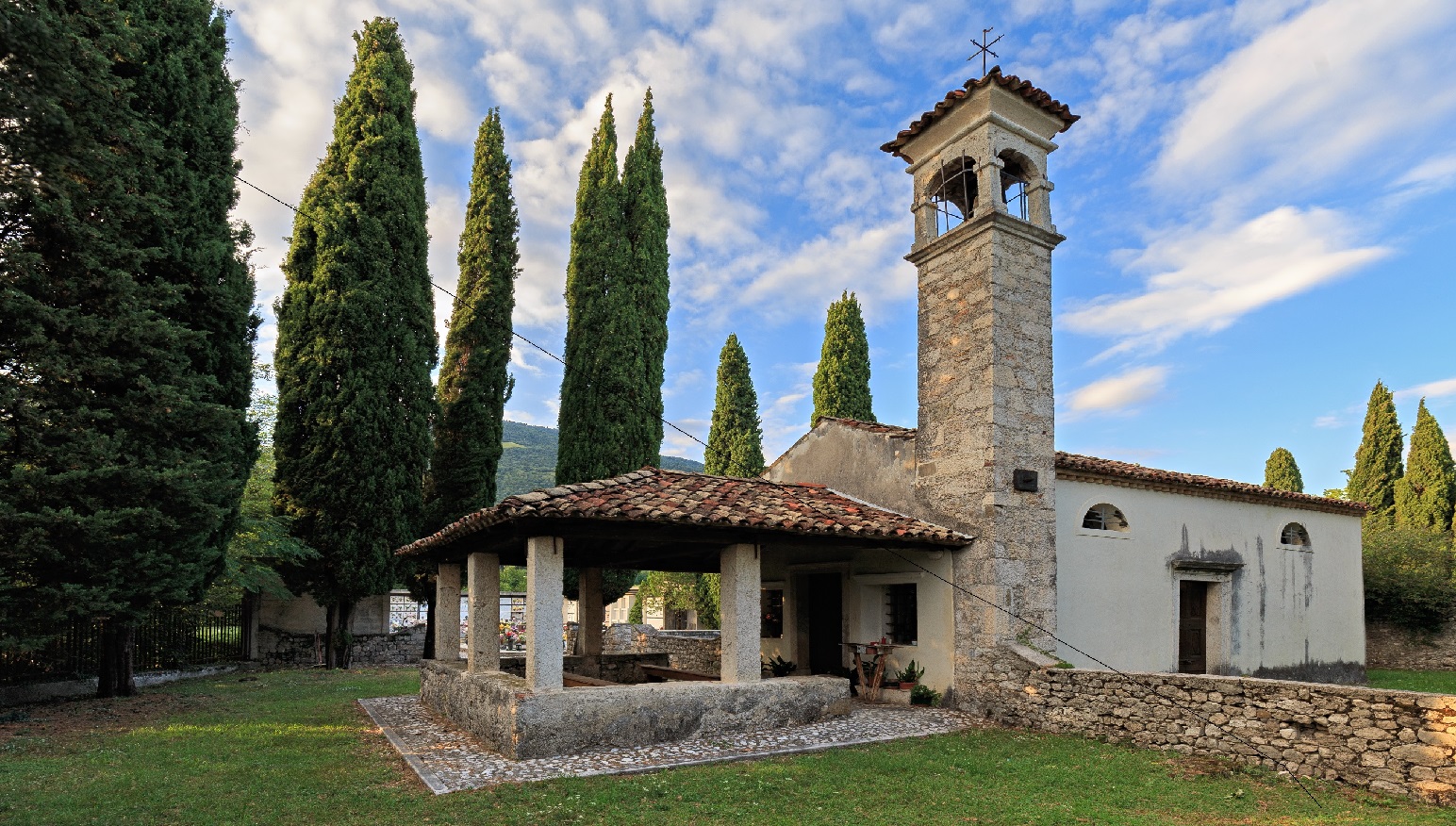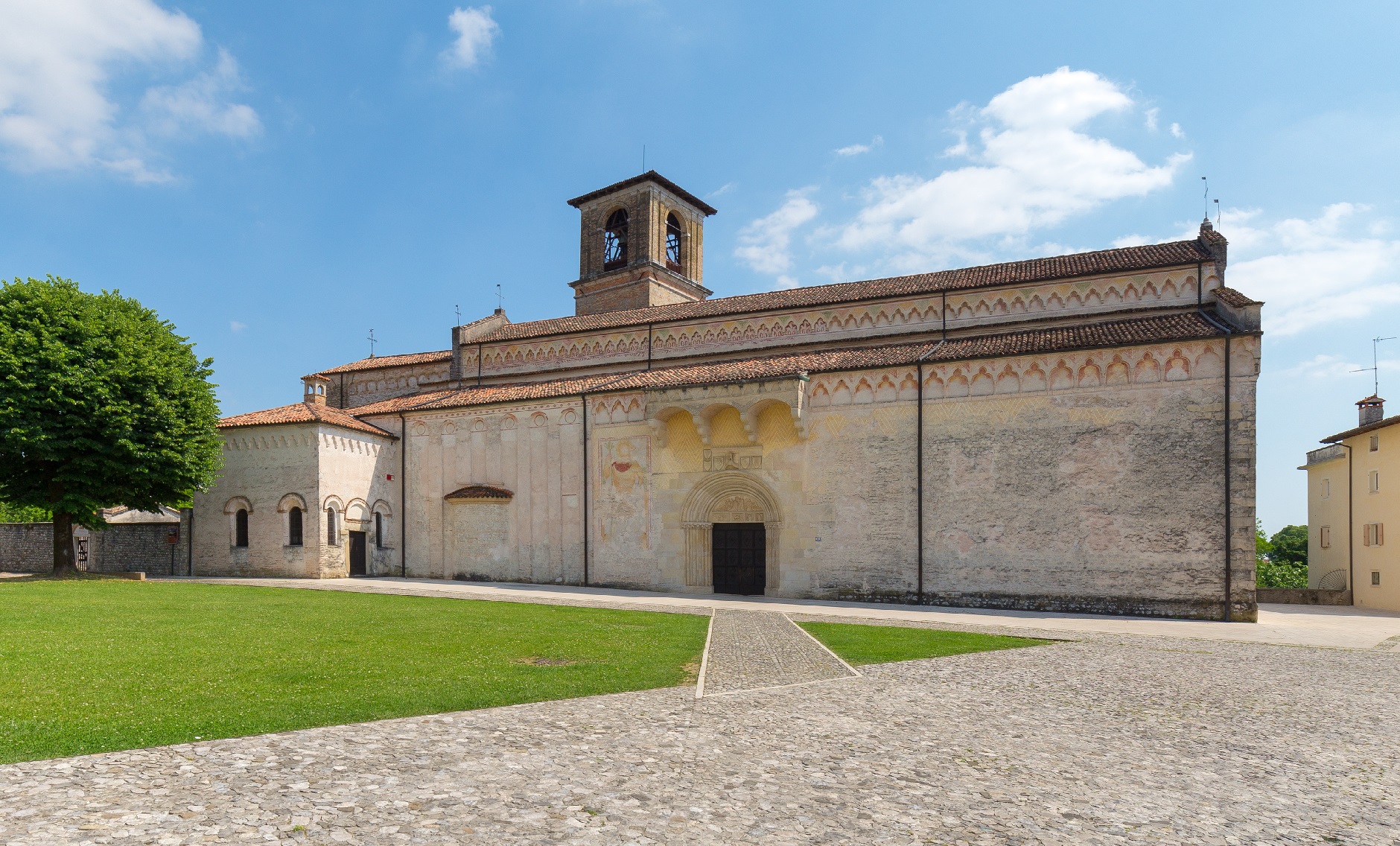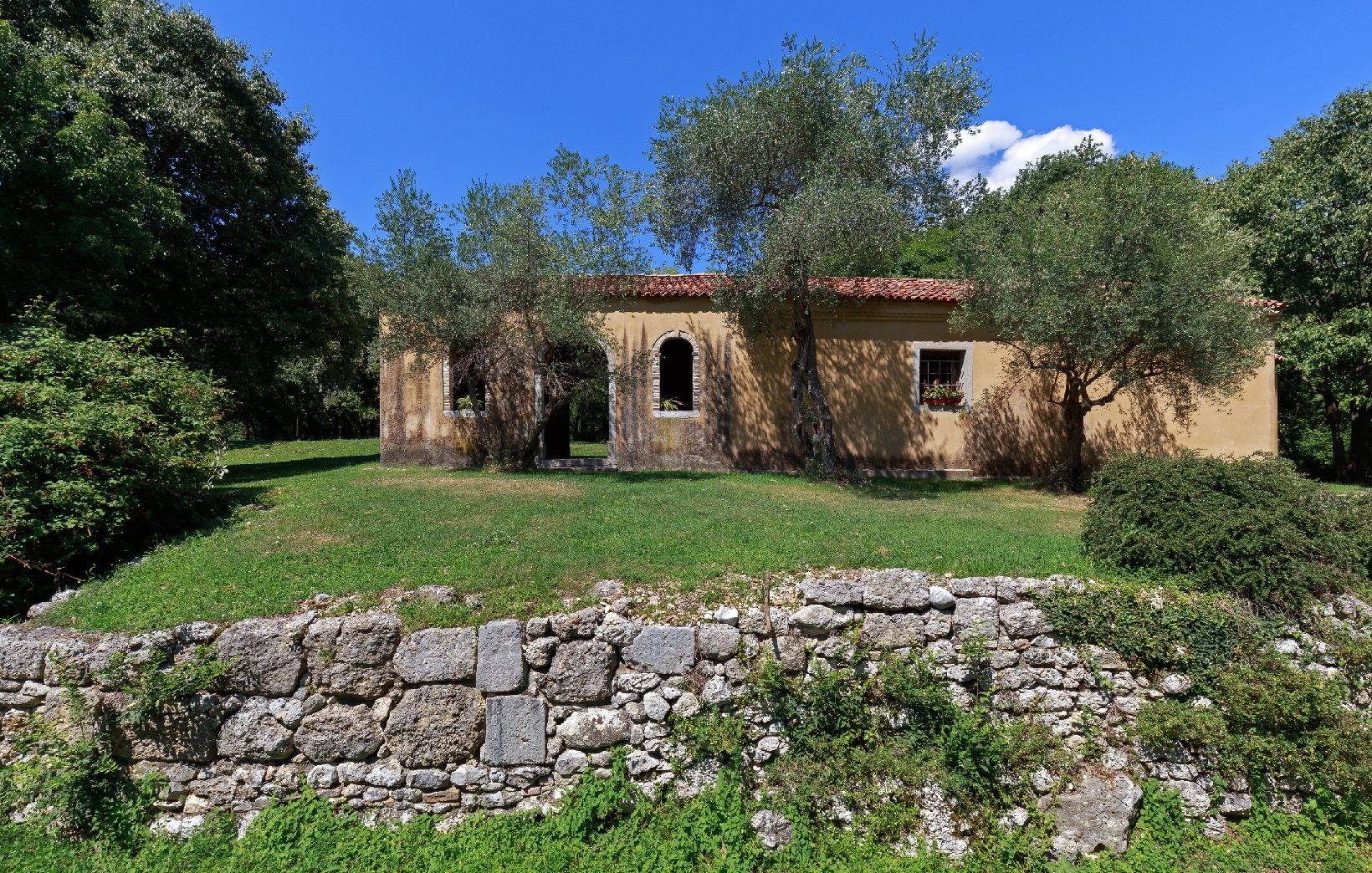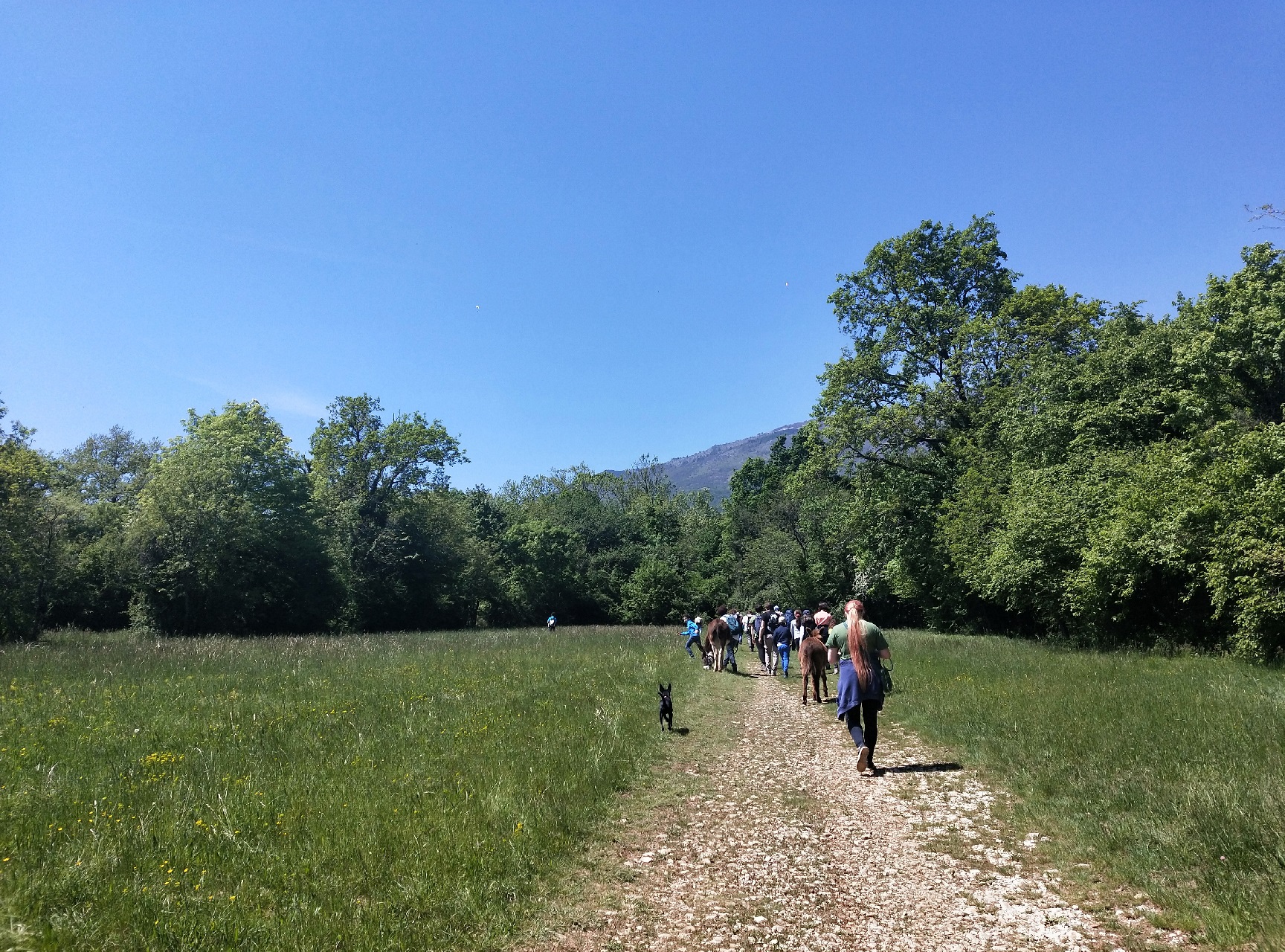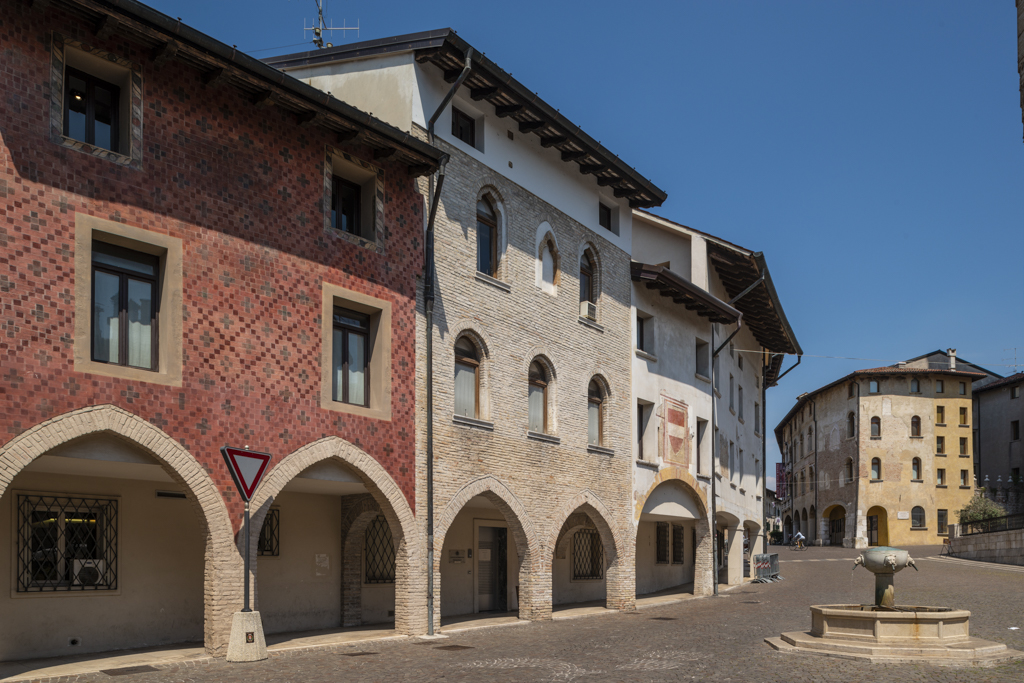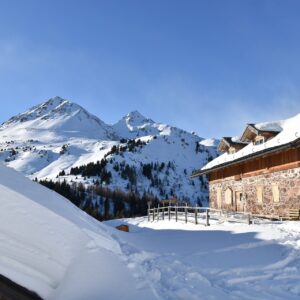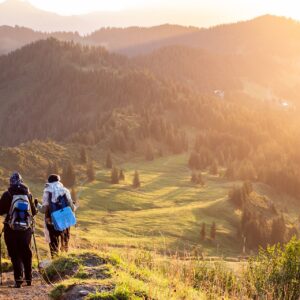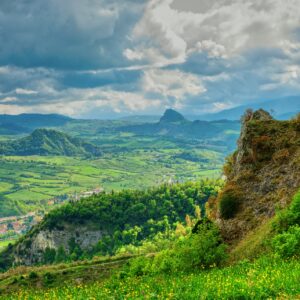TREKKING IN WESTERN FRIULI
Sportravelit suggests a spectacular trekking in Western Friuli, at the foot of the Friulian Dolomites: the San Cristoforo Way. It is a path suitable for everyone, from the most experienced walkers to those who are approaching this holiday experience for the first time. As a symbol of representation we have chosen St. Christopher, a fascinating and discussed figure, portrayed in traditional Orthodox iconography as a dog-headed warrior, associated with the heat of the heatwave. “Mandi” will probably be a word that you will often hear pronounced along our Way; comes from the Latin and means the Lord will accompany you (mana deus) along this Trekking in Friuli
Basic package (Min 6 pax):
- 6 nights in Farmholiday/ 3 stars hotel/ B&B treatment (breakfast);
- 6 bag lunches
- 3 dinners (beverages not included)
- Welcome meeting
- Tour leader
- One-way train ticket from Forlì to Ravenna;
- Luggage transport;
- Tourist tax
Services on request:
- Car rental at principal airports / railway stations
- Single room suppl.
- Transfer to the starting point and/or from final point
- Medical and sickness insurance
Tour Details
Description of the itinerary: The route passes through routes easy to walk on, cycle paths and forestry roads.
Friuli stretch passes through the cities of Pordenone, Cordenons, San Quirino, Vivaro, Vajont, Caneva, Polcenigo, Budoia, Aviano, Montereale Valcellina, Maniago, Frisanco, Meduno, Tramonti di Sotto, Travesio, Castelnovo del Friuli, Clauzetto, Vito D’Asio, Pinzano al Tagliamento (where, for a tract, it overlaps to “Romea Strata-Allemagna”), Spilimbergo, Sequals, Arba, Cavasso Nuovo, Fanna.
Level: Middle
Average daily distance: 35-40 km
Total distance: 300 km
Stage 01 Stevenà – Aviano
The main feature of the Stevenà – Aviano section is the hilly landscape. Here there are 2 areas of particular naturalistic interest. The Unesco site of Palù del Livenza, considered to be one of the oldest pile-dwelling sites in northern Italy, and the San Floriano di Polcenigo Rural Nature Park, which you enter when you leave the Palù. The park extends over the San Floriano hill, admirably combining the recovery and enhancement of local fruit and vegetable varieties and animal breeds.
Along this stretch of the Way there are testimonies of history and art, important for the territory and interesting for the walker. In Stevenà the Sanctuary church of the Madonna del Persego is linked to traditions of popular worship, in Caneva the “castle” dominates the town, the church of the Holy Trinity, majestic in its architectural feature. In Polcenigo, the castle overlooks the ancient village (Polcenigo is included in the list of the most beautiful villages in Italy). Finally, near Aviano there is the ancient village of “Castello di Aviano“, which with its three churches dedicated to Santa Giuliana, San Gregorio and Santa Maria e Giuliana, offers further reason for admiration and charm. Km: 34,6.
Stage 02 Aviano – Maniago
Leaving behind the center of Aviano with its Cathedral – dedicated to San Zenone, full of appreciable paintings – the Way continues along the enchanting stretch, entirely panoramic on the plain, which from Colle San Giorgio, where the small parish of the same name stands out. (now deconsecrated), crosses the wood along an easy path to reach the Sanctuary of the Madonna del Monte.
Continuing towards Maniago, the landscape presents the typical characteristics of the hinge areas between the Carnic Prealps and the plain, where woods and cultivated fields alternate, competing for spaces, in particular on the hills of Grizzo and Giais. At the gates of Maniago, the small church of the Pater Noster “della Fontanutis” is a popular place of prayer for the people of Maniago. We then arrive in Maniago “City of the knife” for the ancient blacksmith art that has developed there over the centuries and which still represents a significant industrial and craft activity, of which evidence is preserved in the local Museum of Blacksmith Art and Cutlery. Km: 35,3.
Stage 03 Maniago – Meduno
At the exit of Maniago, the Cammino heads north, takes the Val Colvera flanking the stream of the same name and runs through it until it reaches Poffabro, a small town characterized by typical stone houses with wooden balconies considered among the “most beautiful villages in ‘Italy“. After passing Frisanco, the Way continues into the woods along the Frassati path in the direction of the Sanctuary of the Madonna della Stangada and the Valdestali locality from which the panorama sweeps across the Veneto-Friuli plain. The Way reaches the bridge on the upper part of the Meduna stream (another pleasant vantage point on the stream shaft), after which you are already close to the town of Meduno. Km: 18,0.
Stage 4 Meduno – Clauzetto
The stretch that from Meduno leads to Clauzetto, first develops in a landscape with alternating woods and cultivated areas, while in the second part it goes into the Val Cosa among coppice woods of mixed broad-leaved trees. The Way continues reaching Toppo, one of the most beautiful villages in Italy, which is a beautiful example of urban architecture, dominated by the medieval castle.
In Travesio, you can appreciate the Pieve di San Pietro Apostolo, containing frescoes by Pordenone and sculptures by Pilacorte. The route arrives in Clauzetto, located at 550 meters above sea level and defined as “the balcony of Friuli” for its position and for the views it enjoys. Its parish church, dedicated to San Giacomo, was a pilgrimage destination since the mid-18th century. Pilgrims went there to pray in the presence of the relic of the Blood of Jesus Christ, which was recognized as having miraculous powers. Km: 23,8.
Stage 5 Clauzetto – Spilimbergo
Leaving Clauzetto behind, the route enters the broad-leaved forest and surprises the walker by meeting the suggestive Pieve di San Martino d’Asio, overlooked by Monte Pala. Proceeding it reaches Vito d’Asio and then Anduins, a site known for its sulfur springs, crossing particularly pleasant areas with sudden and intense views of the Tagliamento. The stage ends in Spilimbergo, a medieval city of undisputed charm and elegance. Here the world-famous mosaic school has fully given it the nickname “city of mosaics”. Km: 28,3.
Stage 6 Spilimbergo – Maniago
The stretch that leads from Spilimbergo to Maniago offers hikers and pilgrims mainly agricultural landscapes, with the presence of coppice woods on the hills. Sites of particular naturalistic and landscape interest flank or cross the Way in several points, especially in correspondence with the various waterways – Tagliamento, Cosa, Meduna, Colvera. The key reason to walk this segment of the Way is undoubtedly the extraordinary concentration of architectural and artistic masterpieces present in it. Km: 49,5.
Stage 7 Pordenone – Cordenons – Maniago
The itinerary connects the city of Pordenone to Maniago. It begins in the hamlet of Villanova, continues entering the heart of the city on the banks of the Noncello, touching some of its most significant elements: the Co-Cathedral and other religious buildings, exceptional examples of industrial archeology, city parks and lakes. It climbs northwards, visiting San Leonardo Valcellina and Vajont, a new town built following the Vajont disaster. It continues up to Maniago Libero, near the church of San Vigilio. Km: 38,8.
Stage 8 Pordenone – Cordenons – Spilimbergo
The itinerary connects the city of Pordenone to the city of mosaics, Spilimbergo, crossing the area between the Cellina and the Meduna, thus entering the heart of the magredi, lean and arid meadows which, due to their high extension and biodiversity, have no equal in all Italy. The route crosses the Cellina SIC area up to Vivaro, a rural town, with exposed stone constructions. Km: 48,6.
